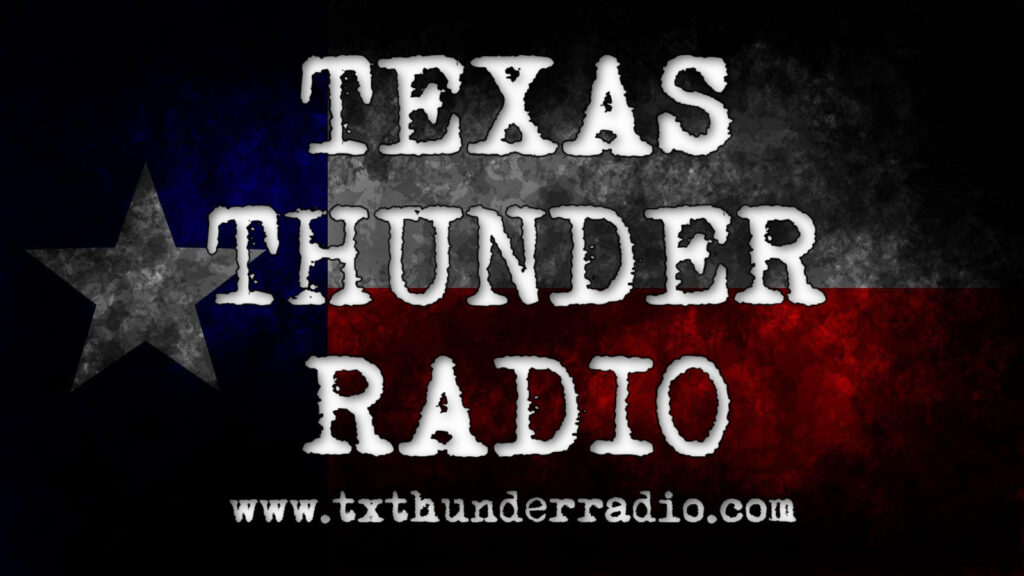 Myriam Borzee/iStockBy ROSA SANCHEZ and EMILY SHAPIRO, ABC News
Myriam Borzee/iStockBy ROSA SANCHEZ and EMILY SHAPIRO, ABC News
(NEW YORK) — A pandemic of the novel coronavirus has now infected more than 76.9 million people worldwide and killed over 1.6 million of them, according to real-time data compiled by the Center for Systems Science and Engineering at Johns Hopkins University.
Here’s how the news is developing Monday. All times Eastern:
Dec 21, 9:43 am
European Medicines Agency authorizes Pfizer vaccine
The European Medicines Agency on Monday issued a recommendation granting a conditional marketing authorization (formal authorization) for the Pfizer vaccine, bringing it one step closer to commercialization in EU countries.
The EMA said one a conditional marketing authorization is one of the EU’s “regulatory mechanisms for facilitating early access to medicines that fulfil an unmet medical need, including in emergency situations such as the current pandemic.”
President of the European Union’s Commission, Ursula von der Leyen, tweeted that she wants to “act fast” said she expects a decision from EU leaders by Monday evening.
Dec 21, 9:32 am
TSA screens more than one million people for third straight day
The TSA said it screened 1,064,629 people at airport checkpoints nationwide Sunday — the third consecutive day that checkpoint volume surpassed one million.
Dec 21, 8:57 am
Moderna vaccine will likely be administered Monday
The Moderna vaccine will likely be administered to Americans for the first time on Monday, Health and Human Services Secretary Alex Azar said this weekend.
The first cases containing the Moderna vaccine — which was authorized by the FDA on Friday — were seen Sunday morning being rolled out from a facility in Olive Branch, Mississippi, to be shipped to the FedEx hub in Memphis, Tennessee, for nationwide distribution.
The doses were packed into insulated coolers with specialized cold packs and a temperature monitor, according to pharmaceutical distribution company McKesson.
Dec 21, 6:25 am
New strain of COVID-19 driving South Africa’s resurgence
South Africa is seeing COVID-19 cases rise as the new strain of the virus spreads though the country.
According to health officials, the new variant, known as 501.V2, is responsible for new cases, hospitalizations and deaths.
South Africa has had 921,922 confirmed cases and 24,691 deaths, according to Johns Hopkins data. In the past day, it has seen 9,445 new cases and 152 new deaths.
Experts are saying the new strain of COVID-19 may be more infectious than the original virus.
Dec 21, 2:00 am
California Gov. Gavin Newsom in quarantine
California Gov. Gavin Newsom is in quarantine, again, after a staffer who came in close contact with him tested positive for COVID-19.
Newsom was tested for the virus after the news and the results came back negative, according to a statement from his press office.
The individual who tested positive, and who has not been named, was also in contact with various other staff members. They too were tested and their results came back negative.
“In an abundance of caution, the Governor will begin a ten day quarantine per state guidelines. The Governor and staff will be tested again in the next few days and continue to follow state and CDC guidelines,” the press office said in a written statement. “We wish our staff member who tested positive well.”
The office said its staffers have been following guidance from the California State law and the California Department of Public Health. Among other things, staffers have been wearing masks.
“Early on in the pandemic, the Governor’s Office put in place a number of protocols that minimized the amount of staff physically present at work, converted most in person meetings to video conference calls, instituted a no questions asked remote work policy and reduced seating capacity in meeting rooms for in-person meetings that can’t be done remotely. Those policies are still in effect and will be for the duration of the pandemic,” they said.
Newsom also went into quarantine one month ago, when he and his family learned they had come into contact with a California Highway Patrol officer who had tested positive for COVID-19. The officer provides security for the Newsom family.
Copyright © 2020, ABC Audio. All rights reserved.










